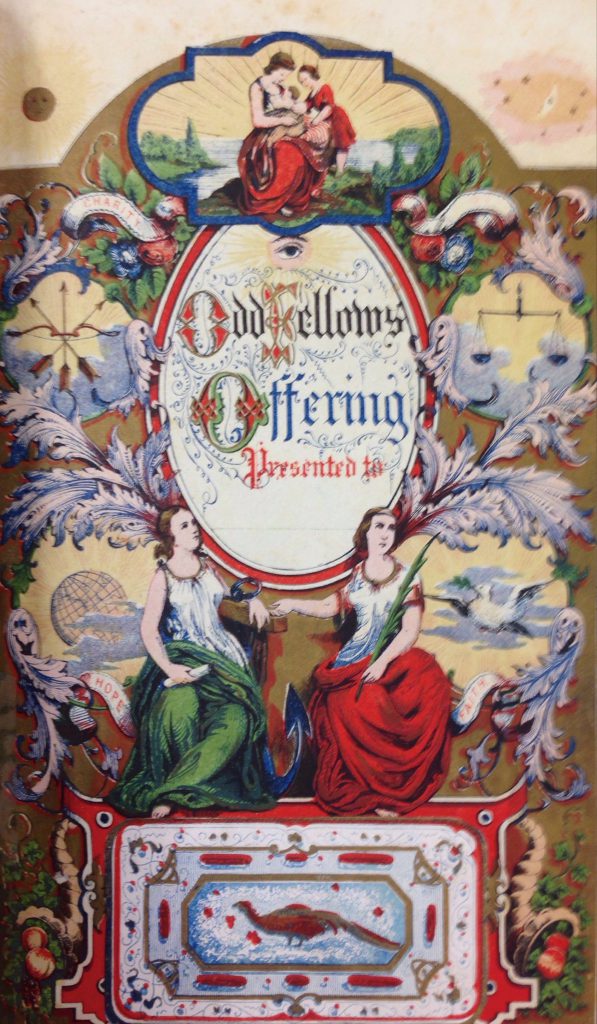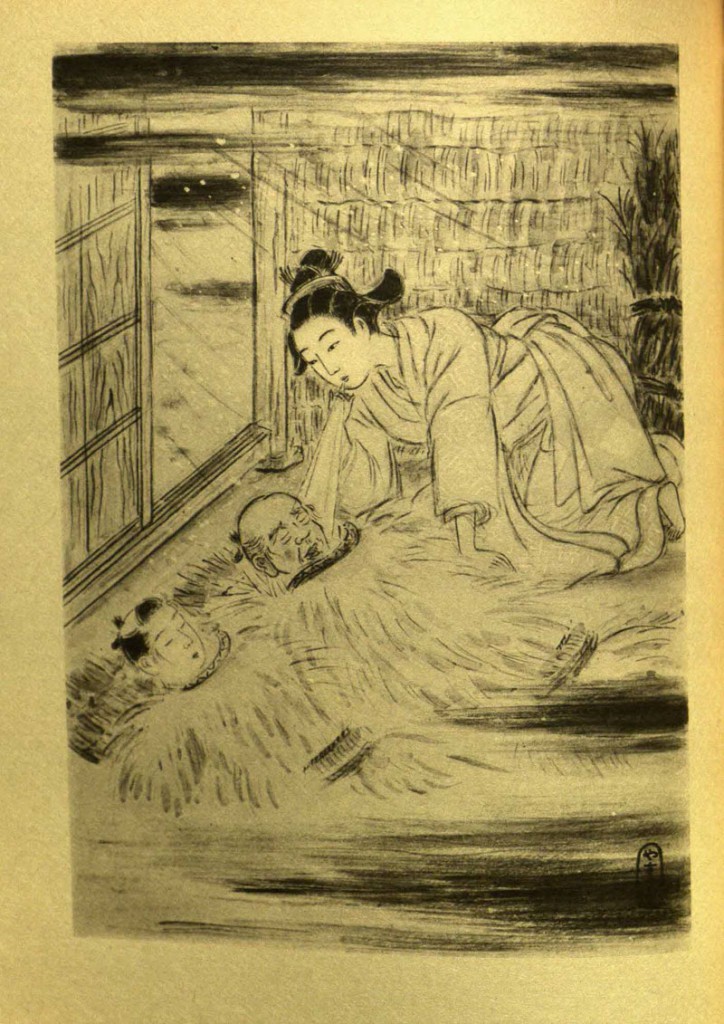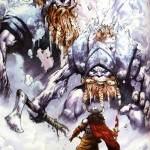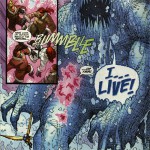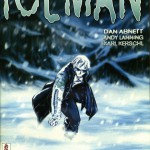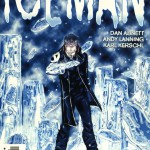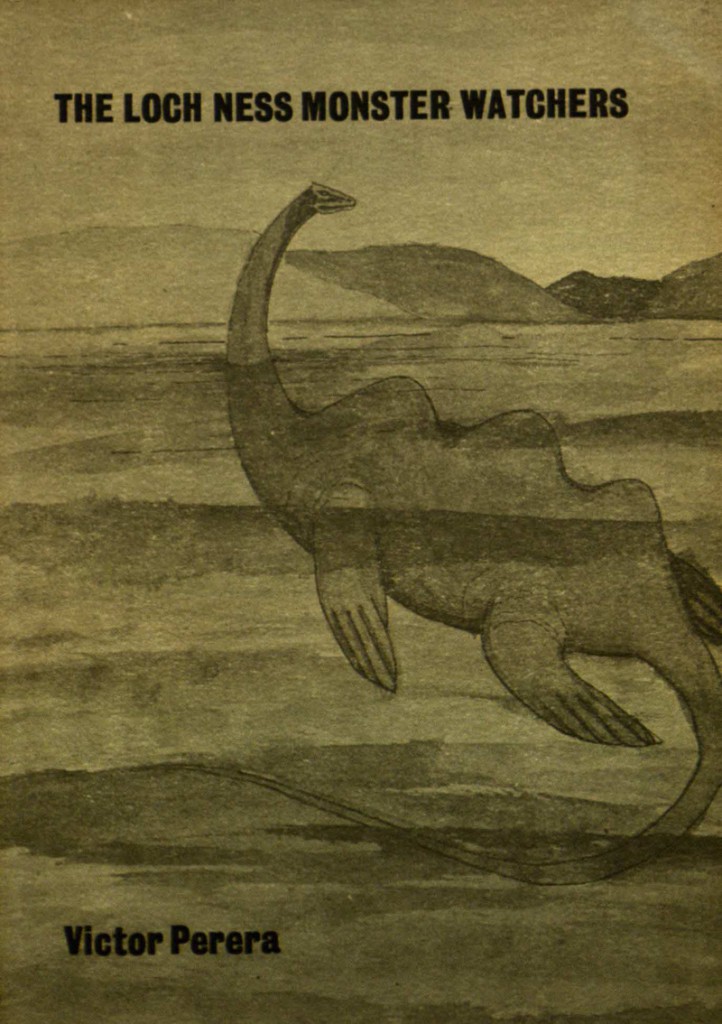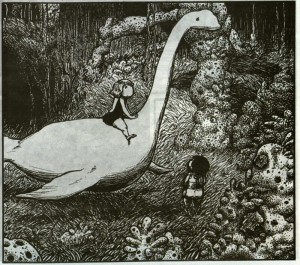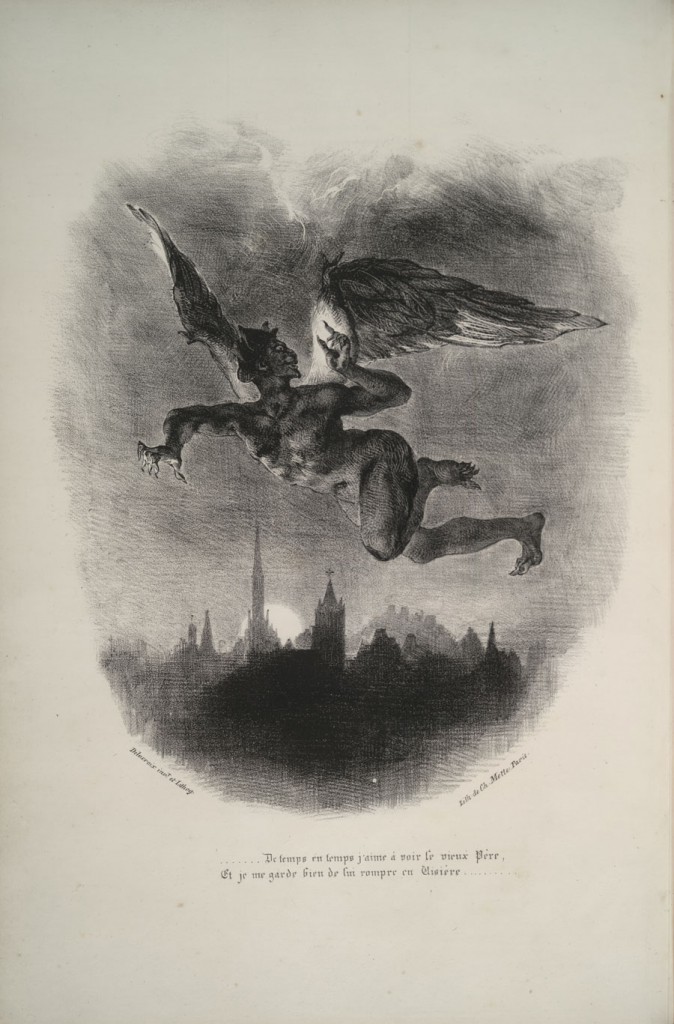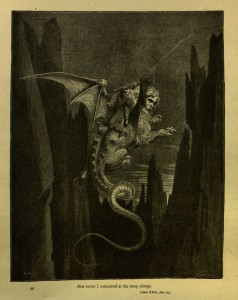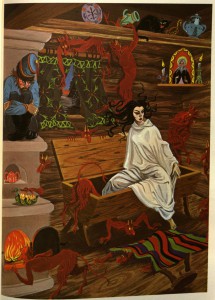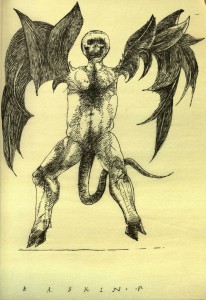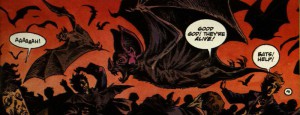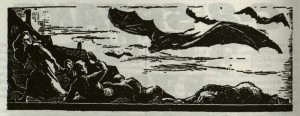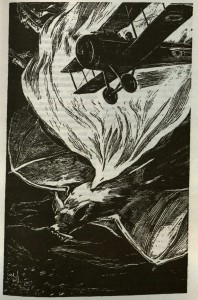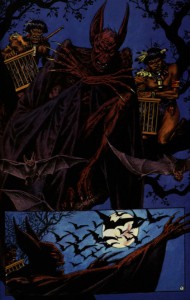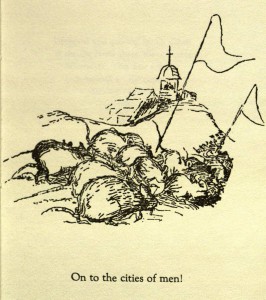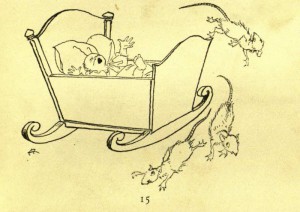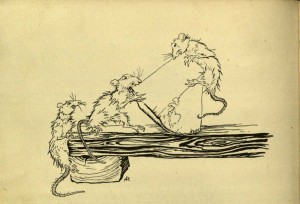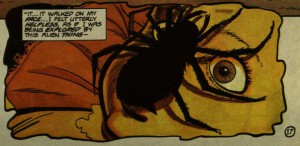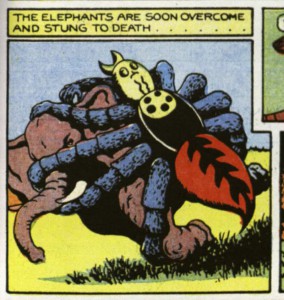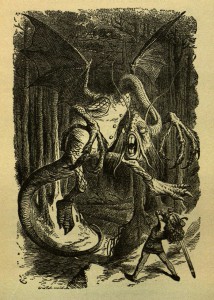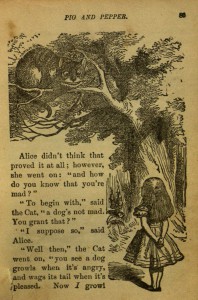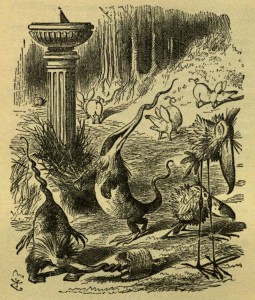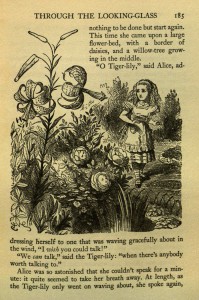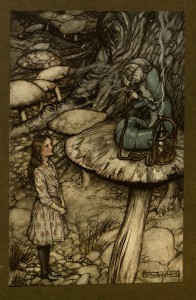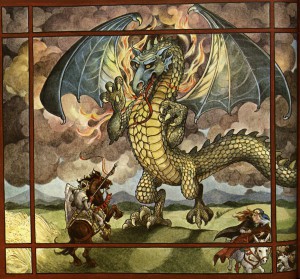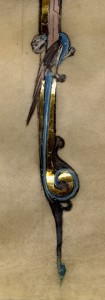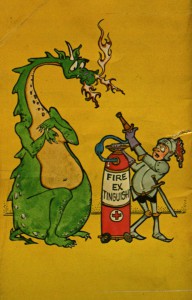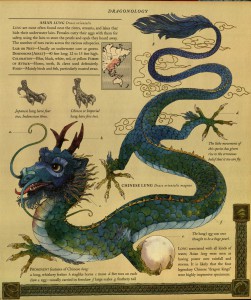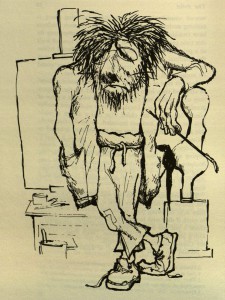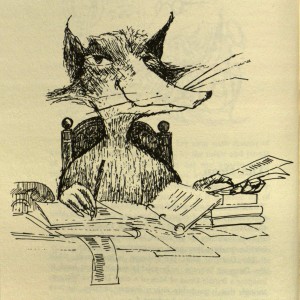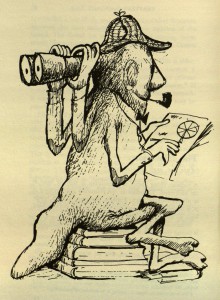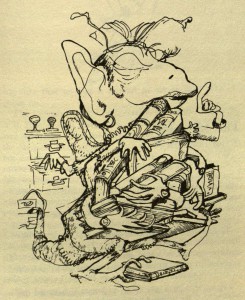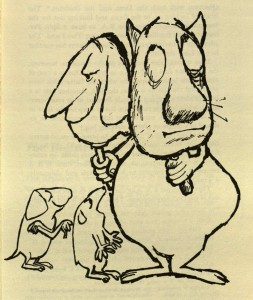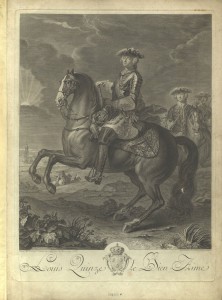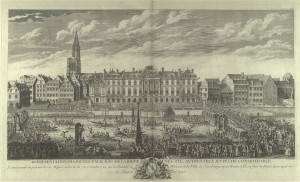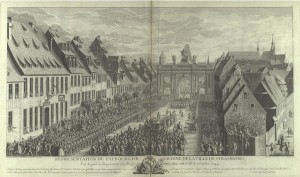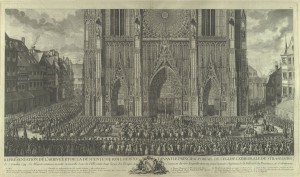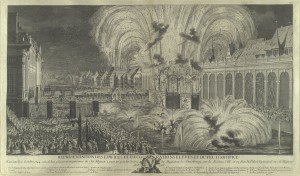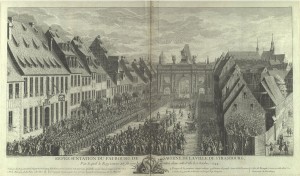Contrary to what you may have learned in school, people in the Middle Ages knew quite well that the world was round. Johannes de Sacrobosco made sure of that fact.
Sacrobosco was one of the leading astronomers, educators, and science communicators of the Middle Ages. We don't know very much about his life: he wrote during the early thirteenth century, might have been English, and likely spent his career at the University of Paris. Even with this lack of personal information, Sacrobosco was a household name among scholars. Everybody who studied astronomy from the thirteenth century through the seventeenth century started out by reading his books. You might think of him as the medieval equivalent of Carl Sagan – but with much more staying power.
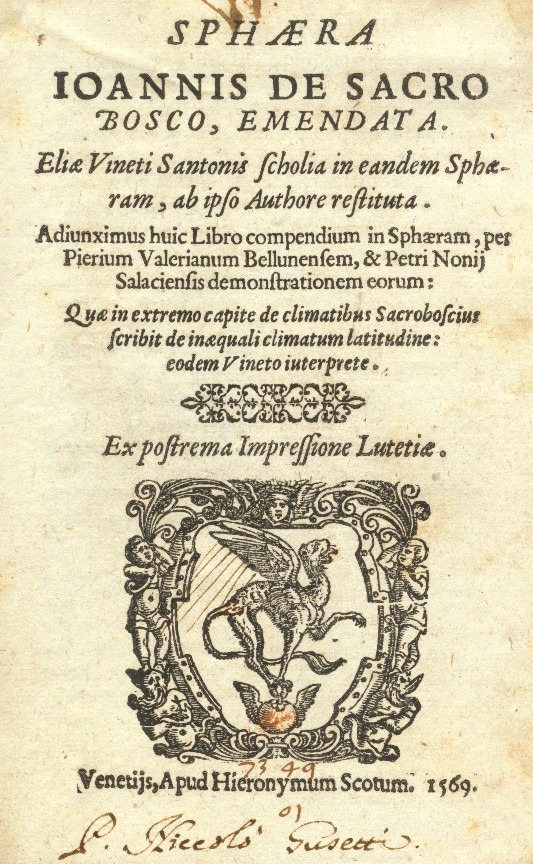
Using compelling visuals and simple language, Sphaera was a beginning astronomy textbook that taught generations of people to think about the basic math and science that underlay their experience of the natural world. The text was so popular that it still exists in hundreds of medieval manuscript copies, and it may have been the very first astronomical work to be printed. Between 1472 and 1673, over two hundred printed editions were published, keeping it continuously in print for two centuries, a record unmatched by any other text on astronomy. Even after it was superseded by newer knowledge, publishers issued the book with commentaries to keep it up-to-date.
Sphaera has four chapters dealing with spherical nature of the universe, spheres in the heavens, the heavens as observed from various geographic points on Earth (which illustrates that the Earth itself is a sphere), and an explanation of Ptolemy's theory of planetary motion and eclipses. Printed editions of Sphaera included numerous images: geometric diagrams, naturalistic images, pictures of armillary spheres and other instruments. One common diagram illustrates a ship and a tower to demonstrate the idea that the earth is spherical; the curvature of the ocean obstructs the view of the tower for the observer on the deck of the ship, while the observer on the mast is able to see it above the bulge of the water.
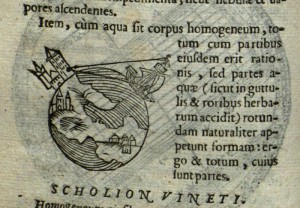
In a recent article in the journal Isis, Kathleen Crowther and Peter Barker argued that the images in Sphaera are meant to train the inner eye and help the reader develop his own mental model of the cosmos. Some editions had volvelles that could be turned with the fingers, but in most printings of Sphaera, the reader was expected to manipulate the images mentally. We decided to help ourselves (and you all) by turning some of the diagrams from the 1569 edition into gifs that move on their own. Watch the universe spin!
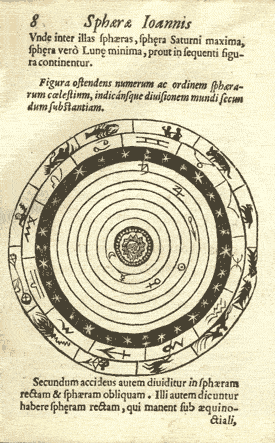
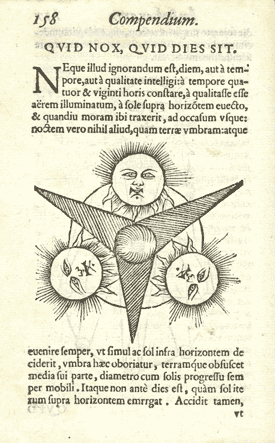
Spinning gifs aside, Sacrobosco's work was an important introduction to Ptolemaic astronomy, and the diagrams and other illustrations were important because they helped readers visualize his ideas. Sacrobosco's text provided a basis for later work by Copernicus, Galileo, and Kepler. In some sense, our own understanding of the cosmos adds to or corrects the mental models he started building over seven centuries ago.

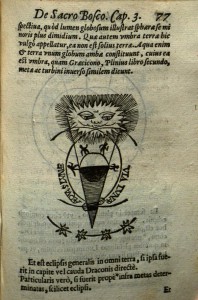

We have two editions of Sphaera in Special Collections: one published in Paris in 1572, and another published in Venice in 1569 (that's the one we're showing here). Both were edited and augmented by the French mathematician and historian Elie Vinet. The 1569 Venice edition was reprinted from the Paris edition of the same year (the note "Ex postrema impressione Lutetiae" means "From the final Paris impression"). While many editions of Sphaera can be found in rare book libraries throughout the United States and Europe, the 1569 Venice edition seems to be a bit scarcer than most. A quick check of WorldCat reveals only three copies in research libraries in the United States; the bibliography and census of Sacrobosco editions maintained Roberto de Andrade Martins at the University of São Paulo, Brazil, reveals two additional copies, for a total of five.
Want to know more about Sacrobosco? Check out these resources.
-
Roberto de Andrade Martins. Johannes de Sacrobosco: Editions of the Tractatus de Sphaera. University of São Paulo, Brazil, n.d.
-
Kathleen M. Crowther and Peter Barker. "Training the Intelligent Eye: Understanding Illustrations in Early Modern Astronomy Texts." Isis 104 (September 2013), pp. 429-470. doi:10.1086/673269
-
Adam Mosley, Johannes de Sacrobosco, University of Cambridge, 1999.
-
Olaf Pedersen, "In Quest of Sacrobosco." Journal for the History of Astronomy 16 (1985), pp. 175-221.
